Reading Comprehension Teaching Resources
Explore printable reading comprehension worksheets, digital activities and more to teach reading comprehension strategies in your primary classroom. Created by teachers, for teachers, the teaching resources in this collection are aligned with the Australian curriculum and have undergone a careful review by a member of our expert teaching team.
You'll find editable versions to easily differentiate your instruction for individual students, plus various options to make your lesson planning easier this school year!
New to teaching this portion of the English curriculum or just looking for fresh and engaging ways to teach reading comprehension strategies? Read on for a primer from our teacher team, including a simple definition of reading comprehension, a look at different strategies students can use and more!
What Is Reading Comprehension?
We'll start at the beginning! Reading comprehension is a skill that's hard to overestimate in terms of its importance for early years students to develop.
Defined as the ability to understand and interpret written language, reading comprehension involves the process of decoding text, extracting meaning from it, and then integrating that meaning with prior knowledge and understanding.
Not only does comprehension comprise the ability to recognise and understand individual words, but it also involves the ability to recognise patterns and relationships within sentences and paragraphs, as well as the ability to make inferences and draw conclusions based on the information presented.
This isn't just important for reading, of course.
Comprehension is all about making meaning, and it includes various levels of understanding, including:
- Literal
- Inferential
- Evaluative
- Critical
If you think about it, we rely on these skills on a daily basis — when we notice the stooped shoulders of a partner as they walk in the door or when we listen to the weather report and observe how heavily laden the sky is with grey clouds.
To develop those same skills in a reading context, our students need to build a variety of language skills, such as vocabulary knowledge, grammar and syntax, as well as cognitive processes, such as attention, memory and critical thinking.
So how do they get there? Let's talk strategies!
What Are Reading Comprehension Strategies?
As you well know, students don't start off being able to comprehend every single thing they read. But teaching them strategies to understand better and retain information will allow them to go from recognising individual words to understanding a range of texts.
Some common reading comprehension strategies include:
- Previewing — This is the process of skimming the text before reading it in detail to get an overall sense of what it is about.
- Activating Prior Knowledge — Students can draw on existing knowledge and experience to help them understand new information, such as a new text.
- Making Connections — This strategy focuses on teaching students to make connections between a text and their own experiences and understandings. Research into the science of reading has shown enhanced comprehension when students are able to connect new information to information they already know.
- Questioning — In this comprehension strategy, students ask and answer questions to clarify the meaning of the text and deepen their understanding. When you centre questioning activities around the familiar open-ended prompts of who, what, when, where, how, why, and which, students assert their understanding and identify any gaps in their comprehension of the text. Questions can be posed by a teacher, by their peers, or by the students themselves.
- Visualising — Visualisation provides both teachers and students with another means to extend their exploration of a text and deepen understanding. This reading comprehension strategy asks students to create and describe an image in their mind, centered around a place, situation, or character in the text. Visualising has been proven in research to improve student recall! Using the five senses is a great way to scaffold student comprehension through visualising.
- Summarising — Summarising is a reading comprehension strategy that asks students to reflect on the text and communicate their understanding of it. A well-formed summary is made up of the main idea of the text and the key details that support the main idea, showing that the student has understood what they’ve read well enough to write a summary that’s not merely a repetition of the text.
- When summarising, students may complete one or more of the following:
- Recount the text in their own words
- Identify the main idea, topic or purpose
- List key words or phrases
- Identify structural elements of the genre
- Using the SWBST process can help students with this reading comprehension strategy. The steps in the SWBST process are:
- Somebody
- Wanted
- But
- So
- Then
- When summarising, students may complete one or more of the following:
- Inferring — The process of drawing conclusions based on clues or evidence presented in the text is called inferring, and it involves readers using what they know and pairing it with what they read in the text to make a conclusion. You may also call this 'reading between lines!'
- Monitoring Comprehension — When monitoring comprehension, students reflect on and assess their understanding as they progress through the text. In this metacognitive process, students may ask themselves questions like 'Is this making sense?' or 'Do I need to read this again?'
- Some comprehension strategies that may be effective may include going back to reread a section of a text, slowing down or speeding up your reading rate, and using text features to help understand difficult parts of a passage. All of these are active reading strategies that students can do to help them better understand what they are reading, while they are reading!
- While monitoring asks students to identify hurdles and barriers, students also benefit from connecting this reading comprehension strategy with explicit strategies to help them pass their hurdles.
All of these comprehension strategies can be taught and practised explicitly.
- Plus Plan
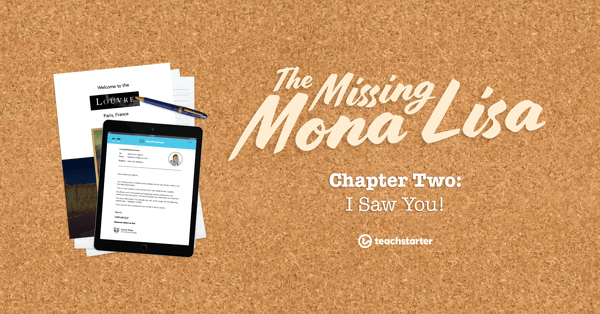
The Missing Mona Lisa - Chapter 2: I Saw You!
Now it's time for the Adventure Agents to learn some of the main characters and look at their witness statements. They will have the first pieces of this fun puzzle!
- Plus Plan
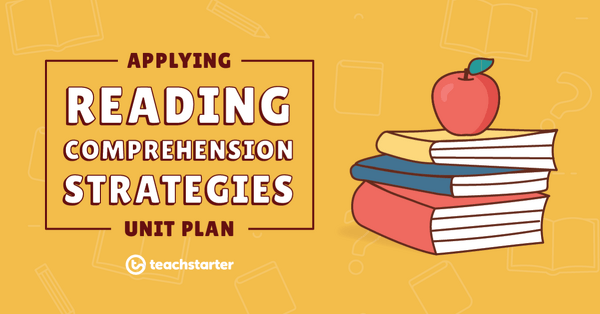
Applying Reading Comprehension Strategies Unit Plan
This English unit is designed to explicitly teach the reading comprehension strategies of activating prior knowledge, making connections, questioning, monitoring, predicting, inferring, visualising and summarising to upper primary students, with a focus on literary texts.
- Plus Plan
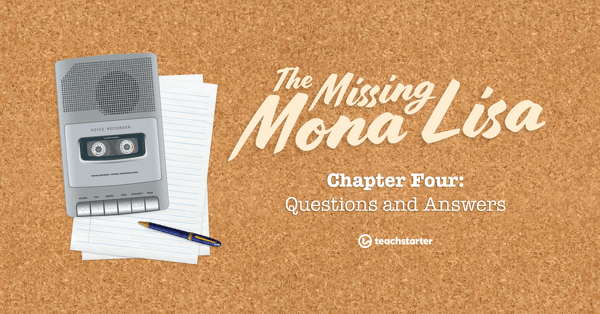
The Missing Mona Lisa – Chapter 4: Questions and Answers
This chapter of the exciting Missing Mona Lisa Adventure provides the Adventure Agents with three police interviews from the five main suspects. What extra clues will they provide to help find the thief?
- Plus Plan
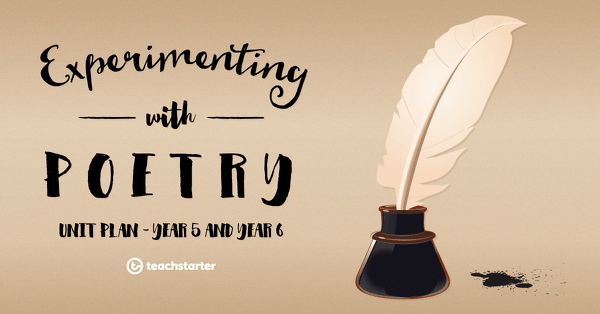
Forms of Poetry
A 60 minute lesson in which students will explore some well-known and commonly used forms of fixed verse.
- Plus Plan
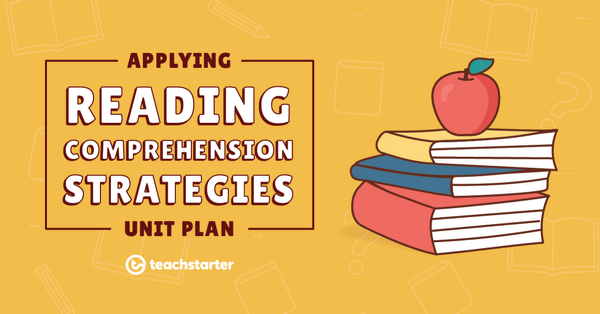
Summarising
A 60 minute lesson in which students will learn and apply the reading comprehension strategy of summarising.
- Plus Plan
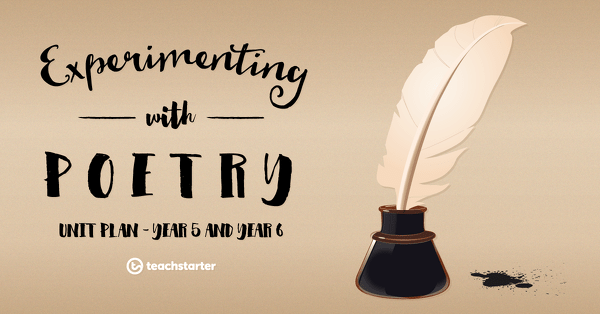
Figurative Language
A 60 minute lesson in which students will identify and investigate figurative language in poetry.
- Plus Plan
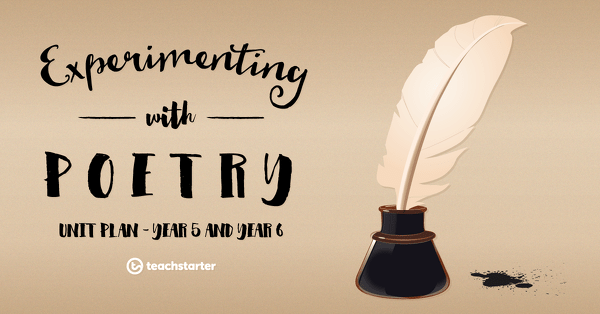
Elements of Poetry
A 60 minute lesson in which students will explore the common elements found in poetry.
- Plus Plan
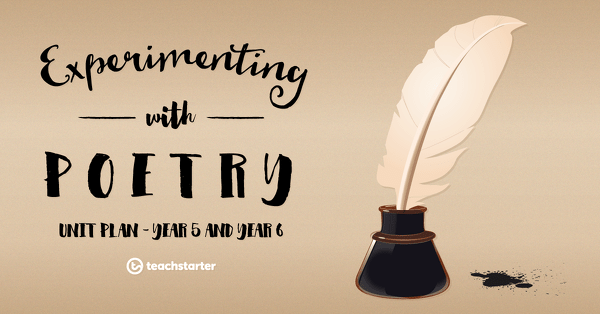
Idioms
A 60 minute lesson in which students will explore some commonly used idioms.
- Free Plan
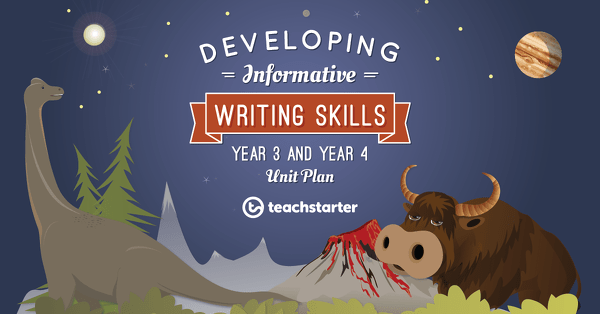
Fact or Opinion?
A 60 minute lesson in which students will identify the difference between a fact and an opinion.
- Plus Plan
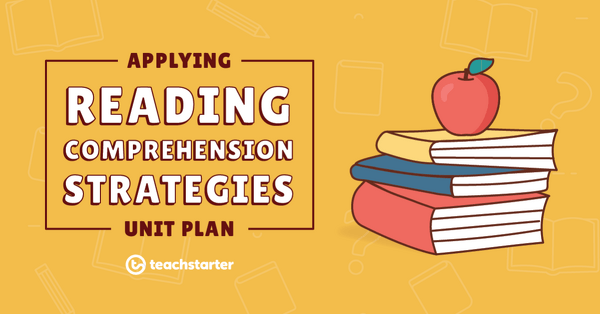
Activating Prior Knowledge
A 60 minute lesson in which students will learn and apply the reading comprehension strategy of activating prior knowledge.
- Plus Plan
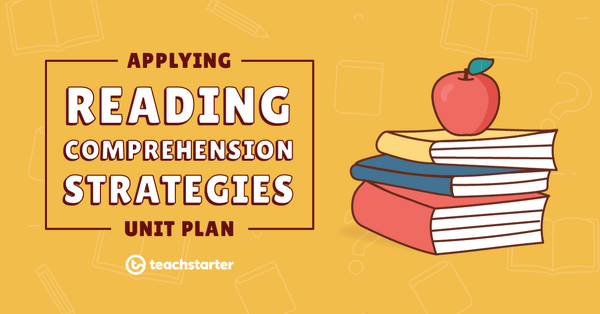
Making Connections
A 60 minute lesson in which students will learn and apply the reading comprehension strategy of making connections.
- Plus Plan

Storytelling Through Poetry
A 60 minute lesson in which students will explore storytelling through poetry.
- Plus Plan
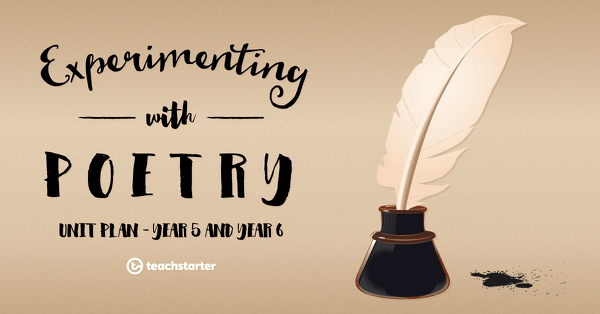
Poetry Defined
A 60 minute lesson in which students will develop an understanding of what constitutes poetry.
- Plus Plan
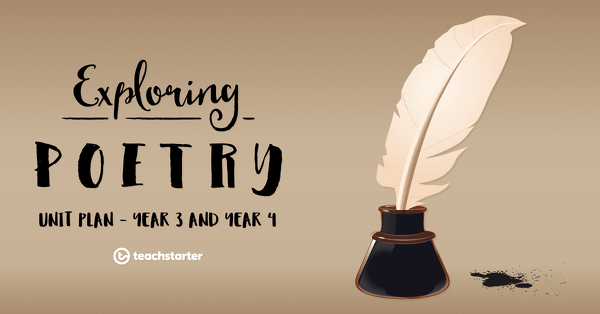
Sound Play in Poetry - Onomatopoeia
A 60 minute lesson in which students will identify and explore onomatopoeia in poetry.
- Plus Plan
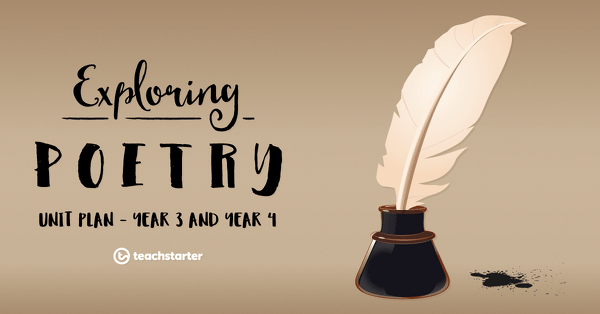
Purpose, Audience and Context
A 60 minute lesson in which students will identify the purpose, intended audience and subject matter of a poem.
- Plus Plan
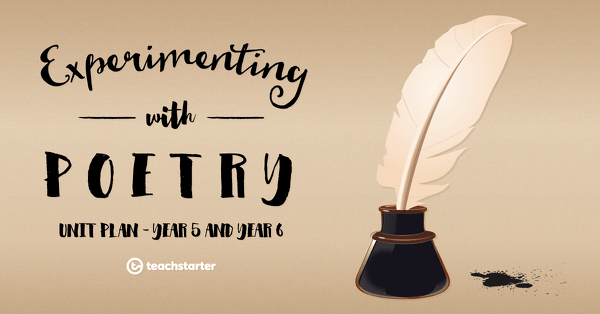
Sound Devices
A 60 minute lesson in which students will identify and investigate sound devices in poetry.
- Free Plan
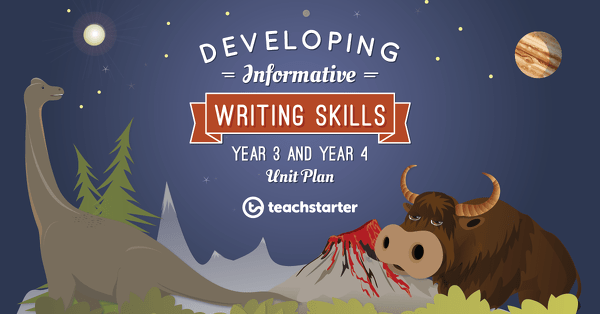
Research Skills - Note Taking
A 60 minute lesson in which students will take appropriate notes from an informative text.
- Plus Plan

The Poet's Lament
A 60 minute lesson in which students will explore their preconceived ideas and attitudes towards poetry.
- Plus Plan
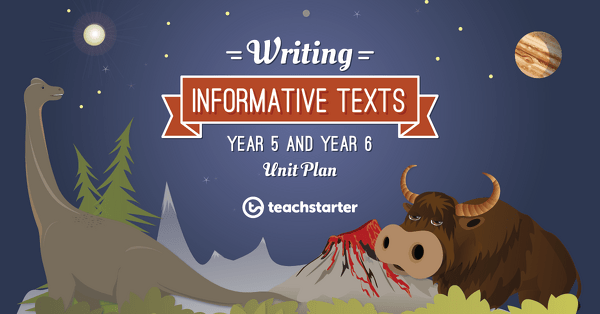
Research Skills - Note Taking
A 60 minute lesson in which students will take appropriate notes from an informative text.
- Plus Plan
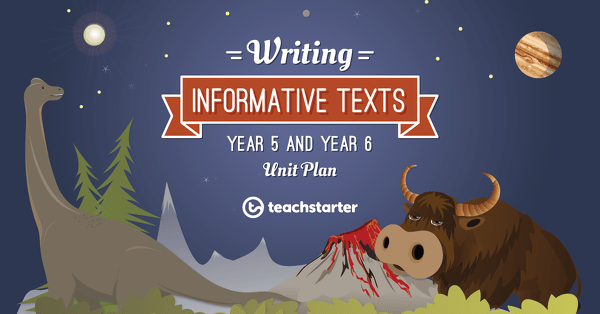
Fact or Opinion?
A 60 minute lesson in which students will identify the difference between a fact and an opinion.
- Plus Plan
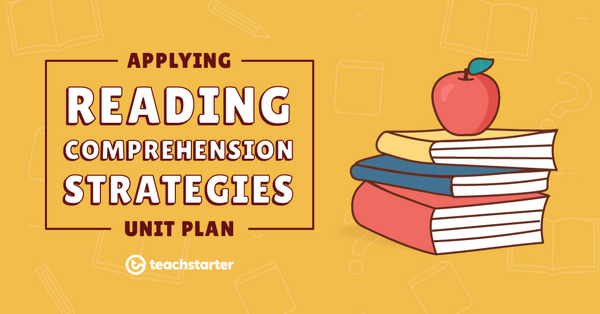
Visualising
A 60 minute lesson in which students will learn and apply the reading comprehension strategy of visualising.
- Plus Plan
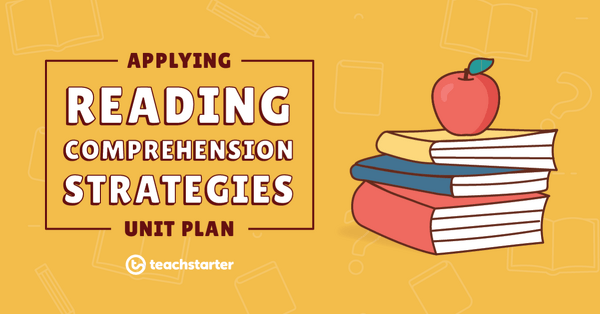
Inferring
A 60 minute lesson in which students will learn and apply the reading comprehension strategy of inferring.
- Plus Plan
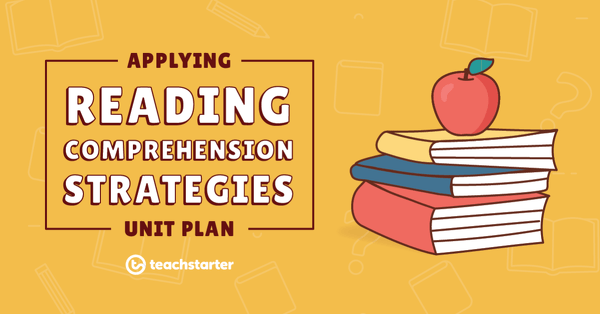
Monitoring
A 60 minute lesson in which students will learn and apply the reading comprehension strategy of monitoring.
- Plus Plan
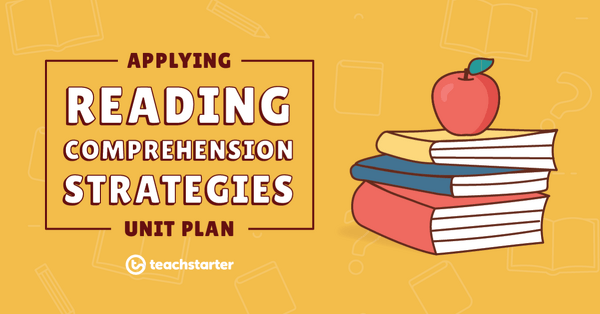
Questioning
A 60 minute lesson in which students will learn and apply the reading comprehension strategy of questioning.
- Plus Plan
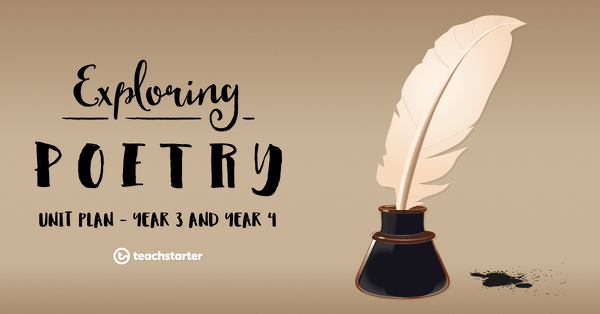
Sound Play in Poetry - Alliteration
A 60 minute lesson in which students will identify and explore alliteration in poetry.
- Plus Plan
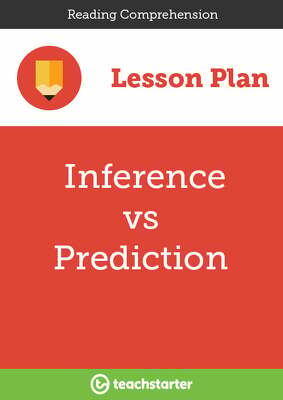
Inference vs Prediction
- Plus Plan
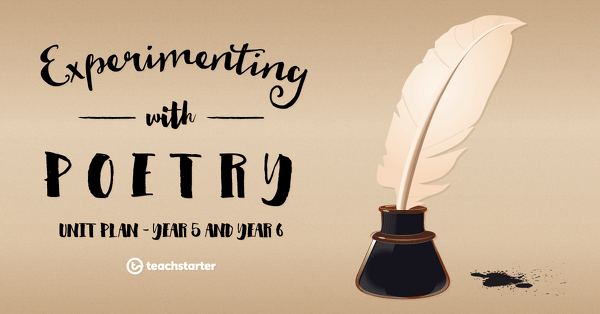
Structure, Rhyme and Rhythm
A 60 minute lesson in which students will identify and investigate structure, rhyme and rhythm in poetry.
- Plus Plan
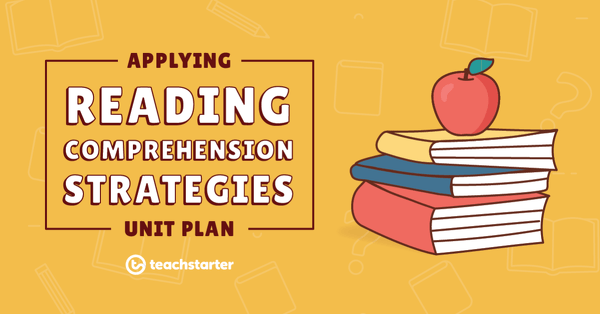
Predicting
A 60 minute lesson in which students will learn and apply the reading comprehension strategy of predicting.
- Plus Plan
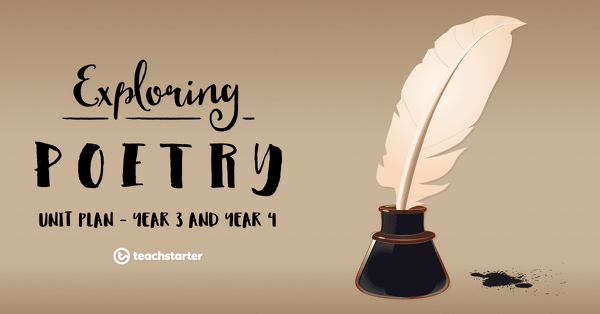
Imagery in Poetry
A 60 minute lesson in which students will identify and explore imagery in poetry.
- Plus Plan

Word Play in Poetry
A 60 minute lesson in which students will identify and explore word play in poetry.
- Plus Plan
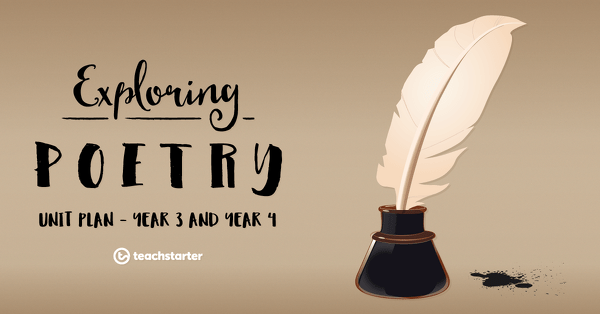
Exploring Poetic Devices
A 60 minute lesson in which students will explore the common literary devices found in poetry.
- Plus Plan
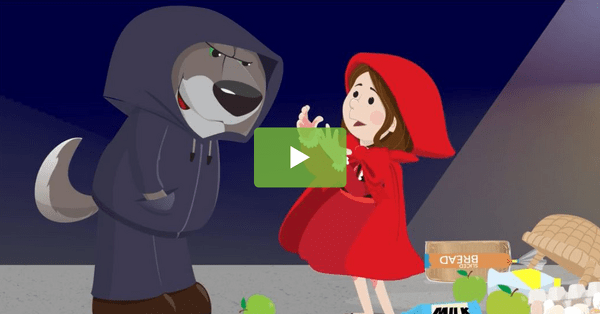
Little Red Riding Hood Story Video
Introduce a fresh version of the Little Red Riding Hood story to your students with this animated video perfect for younger students.
- Reading Comprehension Worksheets
- Reading Comprehension Templates
- Reading Comprehension Posters
- Reading Comprehension Teaching Presentations
- Reading Comprehension Games
- Reading Comprehension for Foundation Year
- Reading Comprehension for Year 1
- Reading Comprehension for Year 2
- Reading Comprehension for Year 3
- Reading Comprehension for Year 4
- Reading Comprehension for Year 5
- Reading Comprehension for Year 6
- Reading Comprehension for Year 7